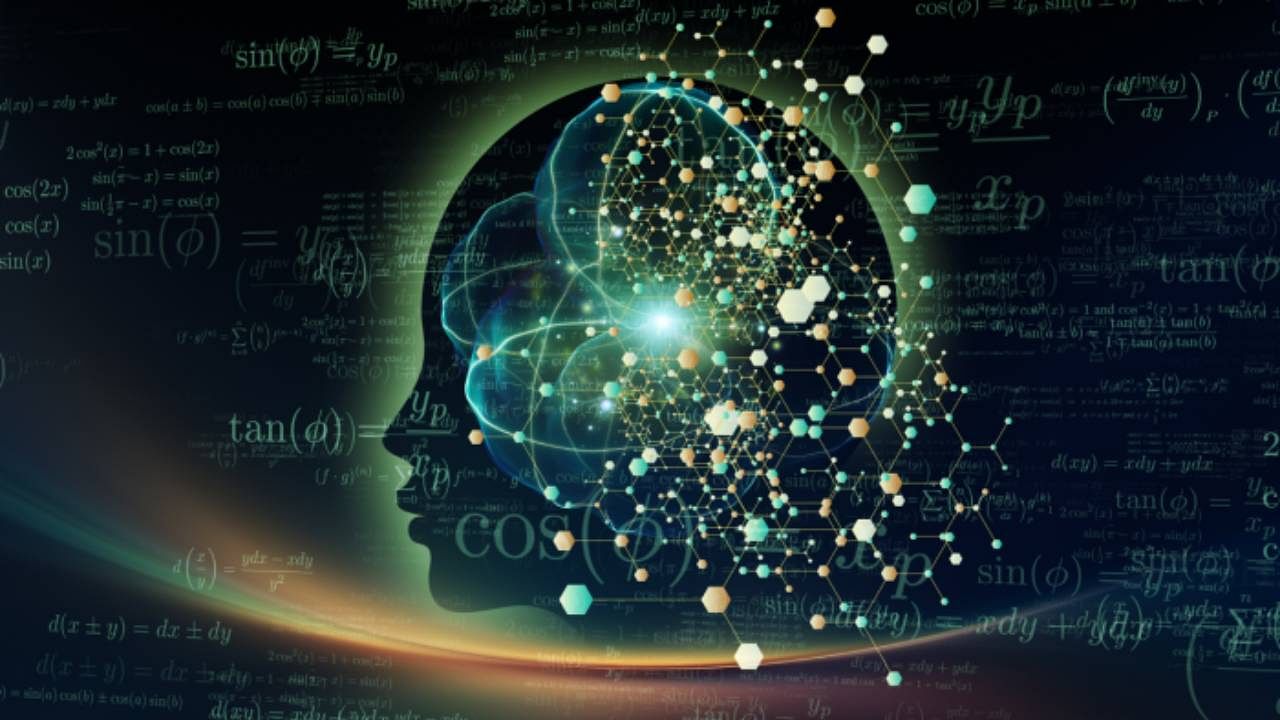
The year 2022 has seen its lion's share of scientific breakthroughs. Here are five among those that made headlines this year.
Nuclear fusion breakthrough
European scientists made a significant breakthrough in the quest to develop nuclear fusion. When Hydrogen atoms are heated, they fuse causing a reaction resulting in the release of Helium, neutrons and energy. The neutron thus released results in the heating up of water.
The UK-based JET laboratory broke its own record for the amount of energy that can be extracted by squeezing two forms of hydrogen together.
According to a report in the BBC, the experiments produced 59 megajoules of energy over five seconds, which is double of what was achieved in similar tests back in 1997.
If nuclear fusion can be successfully carried out on earth, unlimited supplies of low-radiation, low-carbon energy can be generated.
CERN’S large Hadron collider back in action
The Large Hadron Collider (LHC), the largest experiment to be ever built on earth, started functioning again after a hiatus of three years in April this year. The machine was shut down in 2019 for maintenance and upgrades.
The European Organization for Nuclear Research (CERN) in July announced the discovery of three new exotic particles—a new pentaquark and a pair of new tetraquarks— using the particle accelerator.
According to a report on El Pais, the collider will operate uninterrupted for almost four years, taking scientific data on particles at a record energy of 13.6 teraelectronvolts. One of the key goals to be achieved using the LHC in the new stage is generating millions of Higgs boson particles.
It is believed that the number of collisions, disintegrations and subatomic reactions will be 20 times greater than during the first round, which resulted in the discovery of the Higgs boson particle around 10 years ago.
Wormhole simulated in quantum computer
A ‘Baby’ Wormhole was simulated using Google's Sycamore 2 quantum computer by researchers at the California Institute of Technology (CalTech). The first-ever holographic wormhole was created using quantum entanglement, which means the linking of two particles in such a way that measuring one affects the other instantaneously.
According to a report on Live Science, by entangling quantum bits, a portal was created through which information was sent, creating a space-time tunnel. The experiment backs the hypothesis that the universe is a hologram sewn together by quantum information.
Revival of organs in dead pigs
A group of scientists in the US restored blood circulation and other cellular functions in pigs hours after their death. According to the new research published in the journal Nature. The technology, dubbed BrainEx, was used to revive the organs of a dead pig.
The findings of the research may also help extend the health of human organs during surgery and expand donor organs' availability, said Yale University researchers.
The researchers applied a modified version of BrainEx named OrganEx. An hour after death, cardiac arrest was induced in anaesthetised pigs treated with OrganEx. Six hours later, scientists found that certain key cellular functions were active in the bodies of the pigs and some organ functions were restored.
Researchers believe that additional studies are imperative to understand the restored motor functions in the animals and that ethical reviews from other scientists are required.
Synthetic mouse embryo develops beating heart
In a breakthrough scientific experiment, the University of Cambridge and Caltech created synthetic mouse embryos in a lab without using eggs or sperm. The embryos developed using stem cells showed evidence of a brain and beating heart but only lasted for eight days.
Researchers say that this could help them in understanding the earliest stages of organ development and also why some pregnancies fail. As per the report on BBC, this science could also lead to a point where human organs can be grown in laboratories from stem cells.